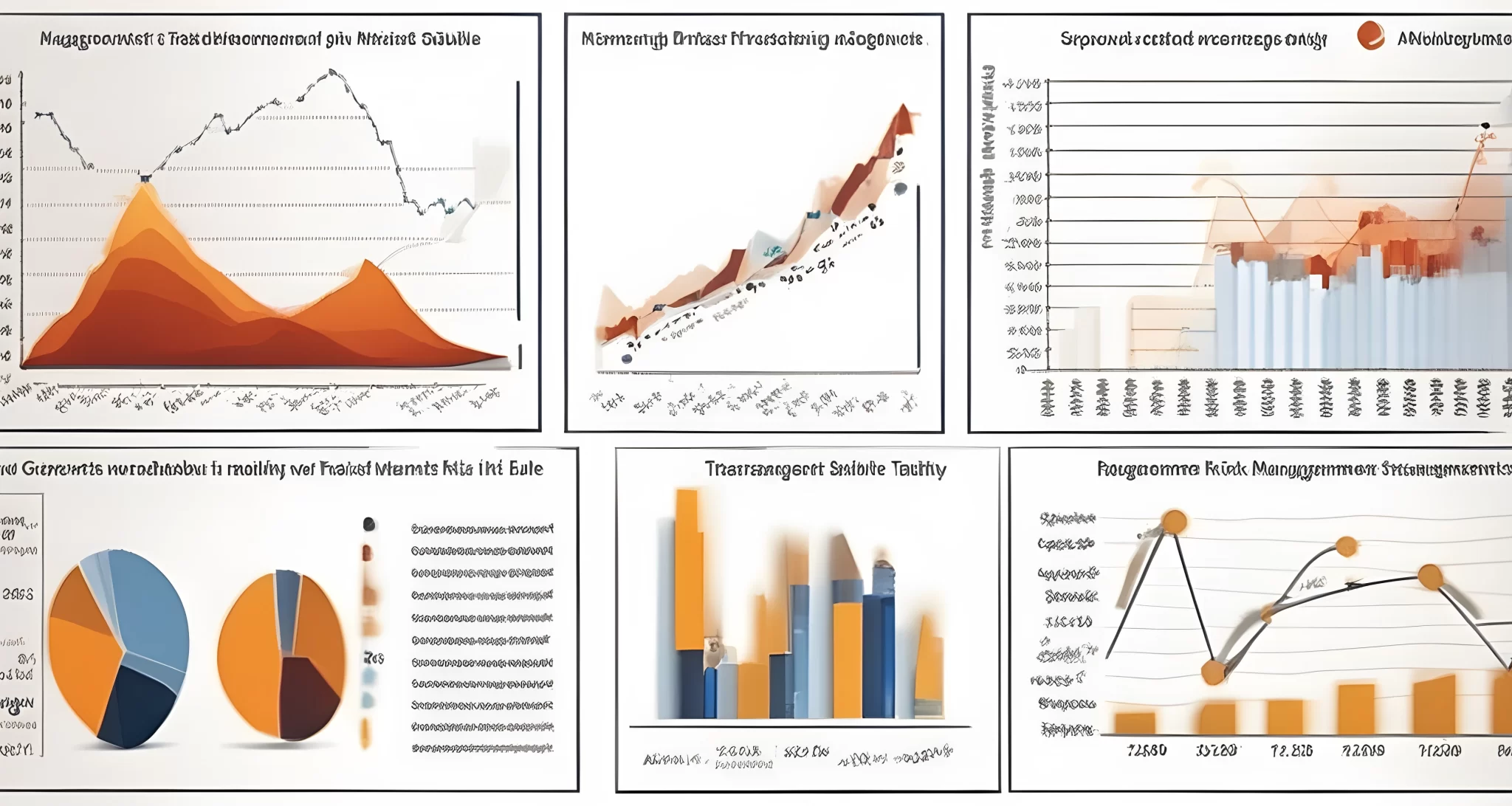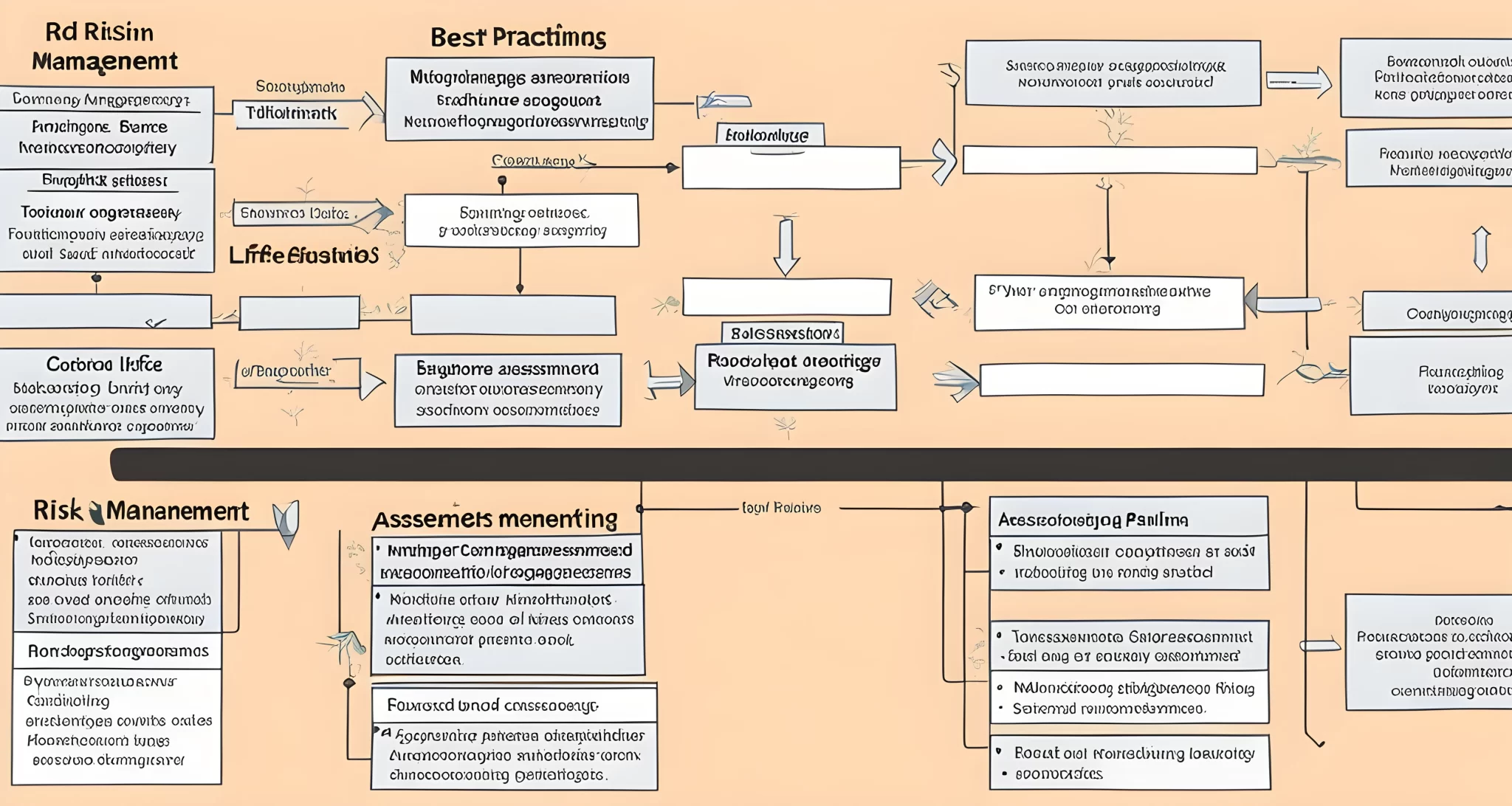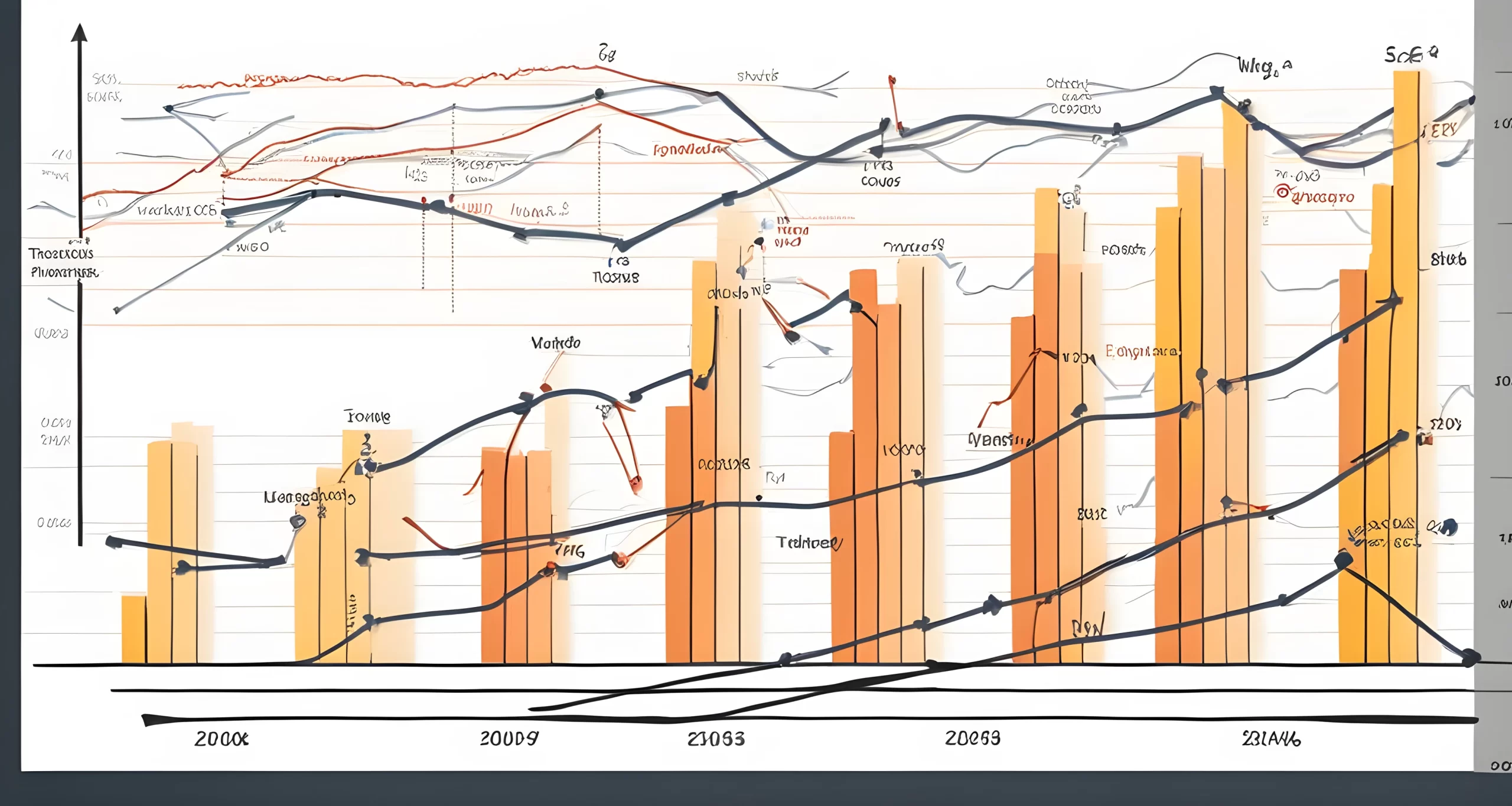Risk Identification and Assessment
The first step in effective risk management is to identify and assess potential risks that could impact an organization’s capital, earnings, and operations. This involves understanding the qualitative distinctions among different types of risks and their potential impact on the organization. By conducting a thorough assessment, organizations can prioritize and address the most significant risks first, ensuring a proactive approach to risk management.
When identifying and assessing risks, organizations should consider both internal and external factors that may pose a threat. Internal risks could include operational inefficiencies, compliance issues, or financial mismanagement, while external risks may encompass factors such as market volatility, geopolitical events, or natural disasters.
To effectively identify and assess risks, organizations can use a variety of tools and techniques, such as risk registers, risk matrices, scenario analysis, and risk workshops. These methods can help to systematically analyze potential risks and their likelihood of occurring, as well as their potential impact on the organization. Additionally, organizations should consider seeking input from key stakeholders to gain diverse perspectives on potential risks.
It’s also crucial for organizations to stay informed about emerging risks and trends that could affect their industry or market. This could involve conducting regular risk assessments and leveraging external resources such as industry reports, market analysis, and expert insights.
By implementing a robust risk identification and assessment process, organizations can gain a comprehensive understanding of potential threats to their stability and develop proactive strategies to mitigate them. This approach enables organizations to prioritize their resources effectively and make informed decisions about risk treatment strategies.
For more information on addressing risk in planning and key strategies for effective management, check out Addressing Risk with Strategic Planning for additional insights into best practices for risk identification and assessment.
Overall, a strong foundation in risk identification and assessment is essential for organizations seeking stability in their risk management approach. It allows for proactive decision-making and ensures that potential threats are addressed in a timely manner.

Risk Treatment
Once risks have been identified and assessed, the next crucial step in effective risk management is to apply appropriate controls and processes to manage them. This process, known as risk treatment, involves taking proactive measures to minimize the potential impact of risks and maintain stability in operations and financial performance.
Risk Avoidance
One of the strategies organizations can use in risk treatment is risk avoidance. This involves identifying high-risk activities or scenarios and taking deliberate steps to avoid or eliminate them altogether. For example, if a company operates in a high-risk industry, it may choose to diversify its business operations or exit certain markets to reduce exposure to potential risks.
Risk Mitigation
Risk mitigation is another key aspect of risk treatment. This strategy involves implementing measures to reduce the likelihood or impact of identified risks. This could include implementing robust cybersecurity protocols to mitigate the risk of data breaches, or developing contingency plans to address potential supply chain disruptions.
Risk Sharing
In some cases, organizations may opt to share certain risks with external parties, such as through insurance or contractual agreements. By transferring a portion of the risk to a third party, organizations can reduce their exposure and financial liability in the event of an adverse event.
Risk Acceptance
Finally, there are instances where organizations may choose to accept a certain level of risk due to factors such as cost-benefit analysis or risk tolerance. In such cases, it is important for organizations to have clear guidelines and processes in place to monitor and manage these accepted risks effectively.
By implementing appropriate treatment strategies, organizations can effectively manage their risks while maintaining stability and resilience. To learn more about effective strategies for risk management in various instruments, check out Effective risk control.
By understanding the various approaches to risk treatment and applying them strategically, organizations can minimize potential disruptions and safeguard their long-term success.

Risk Monitoring and Review
Regular monitoring and review of risk management strategies are essential to ensure that controls are working as intended and to identify any potential changes in risk profiles that may require a change in strategy. By continually assessing the effectiveness of risk management measures, organizations can make timely adjustments and enhancements to their strategies, reducing the likelihood of unforeseen risks causing significant disruption.
One effective way to monitor and review risk management strategies is through the use of key performance indicators (KPIs). These KPIs can help organizations track the effectiveness of their risk management measures and identify any areas that may require improvement. By regularly reviewing KPIs, organizations can gain valuable insights into the performance of their risk management strategies and make informed decisions about necessary adjustments.
Furthermore, conducting regular risk assessments is crucial for identifying any new or emerging risks that may impact the organization. These assessments allow organizations to stay proactive in identifying potential threats and vulnerabilities, enabling them to take appropriate measures to mitigate these risks before they escalate.
In addition, leveraging technology solutions such as risk management software can provide organizations with real-time visibility into their risk profiles. This allows for proactive management of potential risks and enables organizations to respond swiftly to any emerging threats.
By staying vigilant in monitoring and reviewing risk management strategies, organizations can stay ahead of potential risks and ensure the stability of their operations. This proactive approach not only reduces the likelihood of disruptions but also contributes to the overall stability and resilience of the organization.
For more information on effective strategies for risk management in today’s market, please refer to Market risk management strategies.

Risk Management Best Practices
When it comes to effective risk management, following best practices is crucial to ensure the stability and success of an organization. One such set of best practices is outlined in ISO 31000’s nine principles of risk management. These principles can help organizations create and protect value, integrate risk management into overall processes, and ensure transparency and continuous improvement.
Adhering to established best practices, such as those outlined in ISO 31000, can help organizations establish a robust risk management framework that aligns with industry standards. This, in turn, enhances their ability to identify, assess, and respond to risks effectively. By integrating these best practices into their risk management processes, organizations can mitigate potential threats and capitalize on opportunities.
In addition to ISO 31000’s principles, organizations should also consider implementing digital reform in their risk management processes. This involves leveraging technology and data analytics to improve risk identification, assessment, treatment, and monitoring. Digital reform can streamline risk management processes, enhance decision-making capabilities, and provide real-time insights into potential risks.
Furthermore, continuous monitoring and review of risks is essential for maintaining an effective risk management strategy. Organizations should regularly assess the effectiveness of their risk management practices and make adjustments as necessary. This ensures that the risk management framework remains relevant and responsive to changing circumstances.
For further insights into successful risk management tips for portfolio success, check out Successful Portfolio Risk Measures. The article provides valuable information on how to apply risk management best practices specifically to portfolio management.
In conclusion, incorporating best practices such as ISO 31000’s principles, embracing digital reform, and consistently monitoring and reviewing risks are essential for stability in risk management. By following these best practices, organizations can enhance their ability to navigate uncertainties and achieve long-term success.

Digital Reform
In today’s rapidly evolving business landscape, organizations are continually seeking effective strategies to enhance their stability and resilience in risk management. One such strategy is the implementation of digital reform, which involves leveraging advanced technologies like AI to automate manual processes and improve efficiency and effectiveness in risk management.
By embracing digital reform, organizations can streamline the process of risk identification and assessment, as well as monitoring and review. This can be achieved by utilizing digital tools and platforms that enhance data analysis capabilities and provide real-time insights into potential risks. These technological advancements enable organizations to proactively identify and address risks, ultimately strengthening their resilience and adaptive capacity in an evolving risk landscape.
Sustainable Growth Management also plays a crucial role in digital reform. By aligning risk management strategies with sustainable growth initiatives, organizations can ensure that their efforts are geared towards long-term success while effectively managing potential risks. This alignment allows for a more comprehensive approach to risk management, taking into account not only immediate threats but also long-term sustainability goals.
Furthermore, the use of advanced technologies like AI enables organizations to automate manual processes, reducing the likelihood of errors and improving overall efficiency. This not only saves time and resources but also allows for a more thorough and comprehensive approach to risk management.
In conclusion, digital reform is an essential component of effective risk management strategies. By utilizing advanced technologies and embracing sustainable growth initiatives, organizations can improve their stability and resilience in the face of evolving risks. This proactive approach allows for better identification, assessment, treatment, monitoring, and review of risks, ultimately leading to more effective risk management practices.
FAQ
What are the first steps in effective risk management?
The first steps in effective risk management include identifying and assessing potential risks that could impact an organization’s capital, earnings, and operations, as well as applying agreed-upon controls and processes to manage these risks.
How can organizations monitor and review their risk management strategies?
Regular monitoring and review of risk management strategies are essential to ensure that controls are working as intended and to identify any potential changes in risk profiles that may require a change in strategy.
What are some best practices in risk management?
Following best practices such as iso 31000’s nine principles of risk management can help organizations create and protect value, integrate risk management into overall processes, and ensure transparency and continuous improvement.
How can technology be utilized in risk management?
Utilizing advanced technologies like ai to automate manual processes can improve efficiency and effectiveness in risk management.
